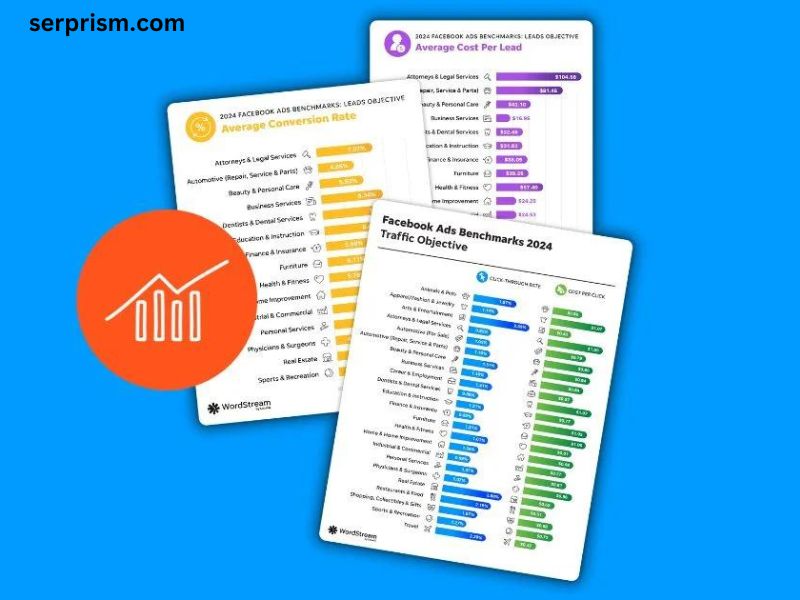
In today’s competitive dental landscape, understanding and optimizing your conversion rate is essential for success. The conversion rate refers to the percentage of potential patients (leads) who take a desired action, typically scheduling an appointment after contacting the practice. This article explores what constitutes an average dentist conversion rate, factors influencing it, and strategies to enhance it.
What Is the Average Dentist Conversion Rate?
While the conversion rate can vary widely depending on numerous factors, research suggests that the average conversion rate for dental practices ranges from 10% to 30%. This means that for every 100 leads generated through marketing efforts, anywhere from 10 to 30 individuals are likely to convert into actual patients.
Factors Affecting Conversion Rates
- Type of Leads:
- The source of your leads significantly impacts conversion rates. Leads generated through referrals often convert at higher rates than those from online ads or social media.
- Organic leads, such as those from search engines, may have a higher intent to book an appointment, leading to better conversion rates.
- Practice Reputation:
- A well-established reputation with positive reviews can significantly influence potential patients’ decisions. Practices with strong online reputations tend to experience higher conversion rates.
- Platforms like Google Reviews and Yelp play a crucial role in shaping public perception.
- Follow-Up Timing:
- The speed of follow-up can dramatically impact conversion rates. Studies indicate that contacting a lead within the first hour can increase the likelihood of conversion significantly.
- Practices that implement automated follow-up systems often see improvements in their conversion rates.
- Communication Skills:
- The ability of the staff to communicate effectively can make a substantial difference. Warm, empathetic communication fosters trust, leading to higher conversion rates.
- Training staff in sales techniques without compromising the quality of care can yield positive results.
- Marketing Strategy:
- Effective marketing strategies that resonate with the target audience can enhance lead quality and conversion rates.
- Utilizing a mix of digital marketing, local SEO, and community outreach can create a steady stream of high-quality leads.
- Patient Experience:
- The overall patient experience, from the initial contact to the visit, plays a crucial role in conversion rates. A smooth, welcoming experience can encourage leads to take the next step.
- Streamlining appointment scheduling processes and ensuring a pleasant in-office experience can significantly impact conversion.
Calculating Your Conversion Rate
To calculate your dental practice’s conversion rate, use the following formula:
Conversion Rate=(Number of New PatientsNumber of Leads)×100\text{Conversion Rate} = \left( \frac{\text{Number of New Patients}}{\text{Number of Leads}} \right) \times 100Conversion Rate=(Number of LeadsNumber of New Patients)×100
For example, if your practice received 200 leads in a month and converted 30 of those into new patients, your conversion rate would be:
Conversion Rate=(30200)×100=15%\text{Conversion Rate} = \left( \frac{30}{200} \right) \times 100 = 15\%Conversion Rate=(20030)×100=15%
Improving Your Conversion Rate
Now that you understand the average conversion rate and its influencing factors, here are actionable strategies to improve your dental practice’s conversion rate:
- Enhance Online Presence:
- Ensure that your website is user-friendly, mobile-optimized, and informative. Incorporate calls to action (CTAs) that guide leads toward booking an appointment.
- Invest in SEO to ensure your practice appears in local search results, attracting more leads.
- Optimize Lead Follow-Up:
- Develop a robust follow-up system. Implement CRM (Customer Relationship Management) tools to track leads and automate follow-ups.
- Aim to contact leads within an hour of their inquiry. Personalize communication by mentioning their specific interests or concerns.
- Leverage Social Proof:
- Actively encourage satisfied patients to leave positive reviews online. Showcase these testimonials on your website and social media.
- Use before-and-after photos of dental procedures (with patient consent) to build credibility.
- Train Your Team:
- Invest in communication and sales training for your front desk and support staff. Emphasize the importance of empathy and understanding in patient interactions.
- Role-play various scenarios to help staff become comfortable handling objections or concerns.
- Offer Incentives:
- Consider offering limited-time promotions for new patients, such as discounted cleanings or free consultations. This can create urgency and encourage leads to convert.
- Referral programs that reward existing patients for bringing in new leads can also boost conversions.
- Simplify Scheduling:
- Make the appointment scheduling process as easy as possible. Implement online booking systems that allow patients to schedule appointments at their convenience.
- Provide multiple contact options (phone, email, text) to cater to different preferences.
- Monitor and Analyze:
- Regularly track and analyze your conversion rates. Identify patterns and make adjustments to your marketing and follow-up strategies based on data insights.
- Use A/B testing for different marketing messages or follow-up approaches to see what resonates best with leads.
The Role of Technology in Conversion
In recent years, advancements in technology have provided dental practices with tools to improve conversion rates effectively:
- Chatbots:
- Implementing chatbots on your website can provide immediate responses to potential patient inquiries, ensuring no lead goes unanswered.
- Telehealth Services:
- Offering virtual consultations can lower barriers for leads hesitant to visit the office. This flexibility can enhance conversion rates, especially for new patients.
- Patient Relationship Management (PRM) Tools:
- These tools help streamline communication with leads and existing patients, offering personalized experiences that can boost conversion rates.
Conclusion
In the competitive dental industry, understanding and optimizing your conversion rate is crucial for practice growth. By recognizing the average dentist conversion rate of 10% to 30% and implementing strategies to improve it, dental practices can transform leads into loyal patients.
Focusing on effective follow-up, enhancing patient experience, leveraging technology, and continuously monitoring performance can create a robust framework for improving conversion rates. Ultimately, the goal is to build a practice that not only attracts leads but also fosters long-term relationships with patients, ensuring sustained success in the ever-evolving dental landscape.
Author




